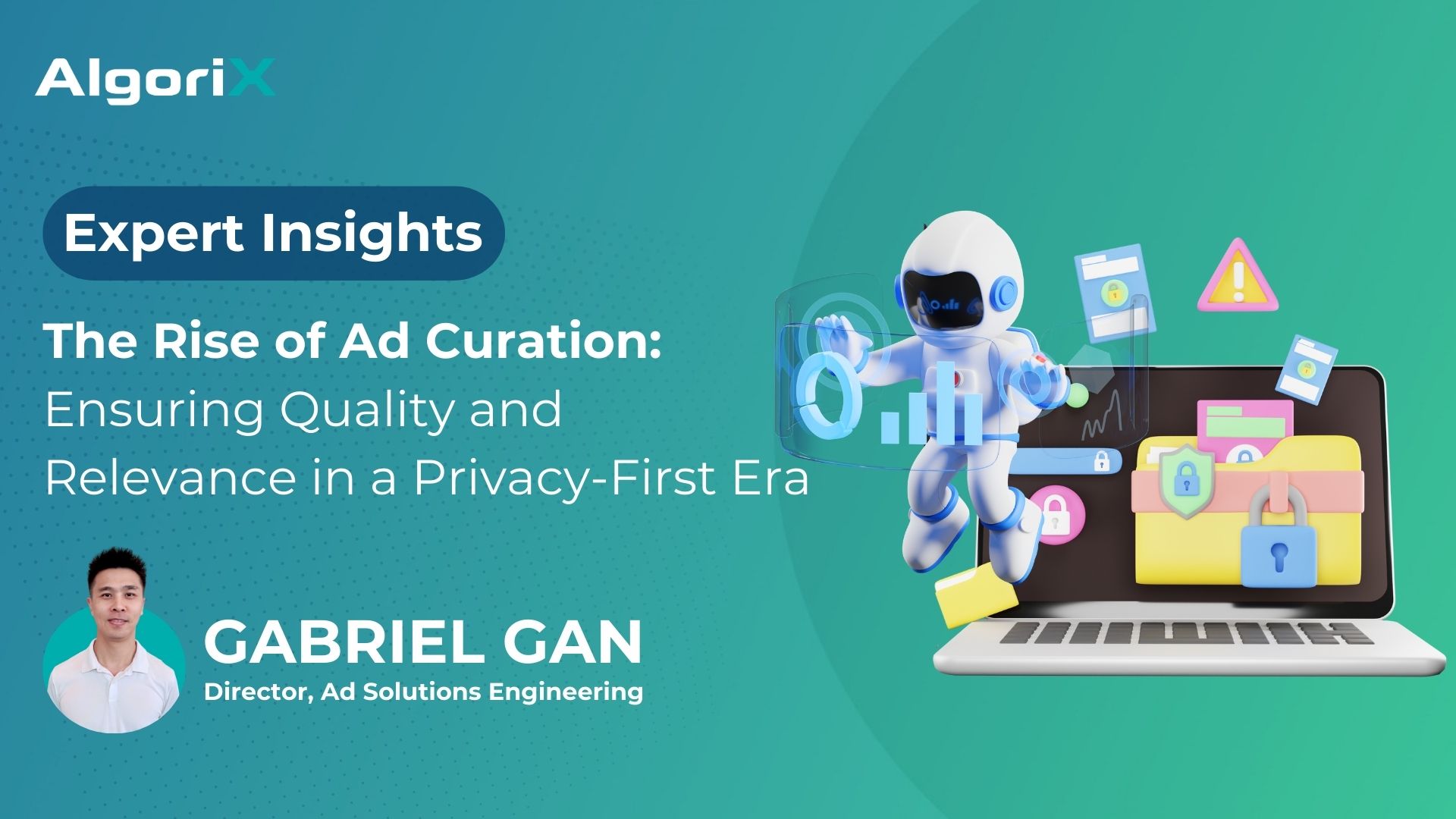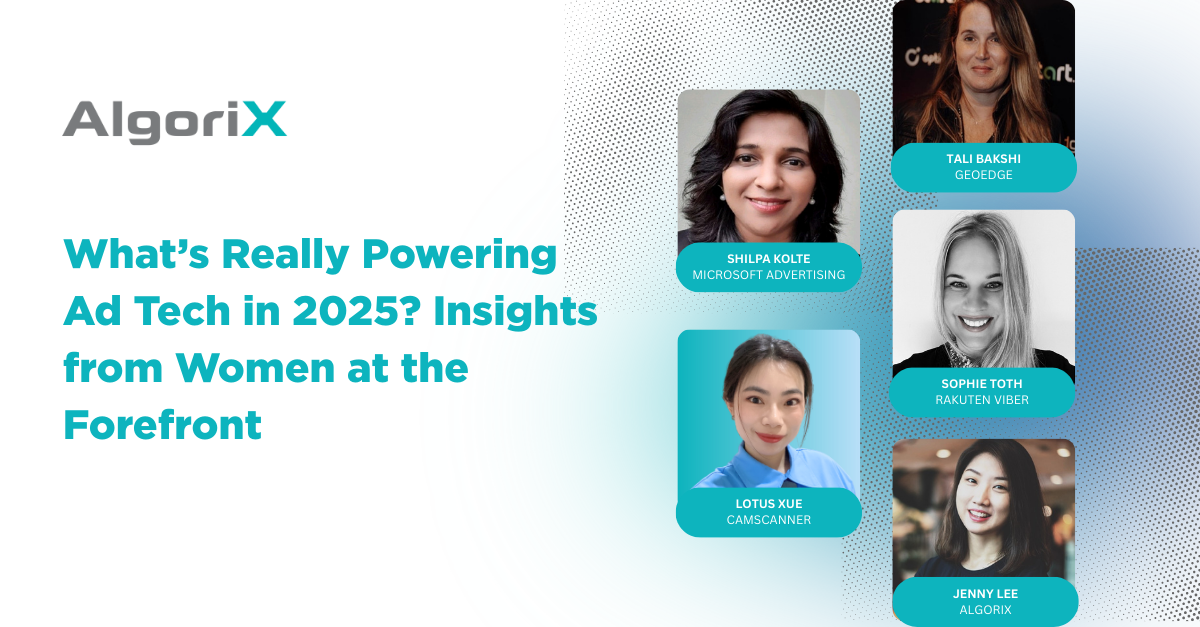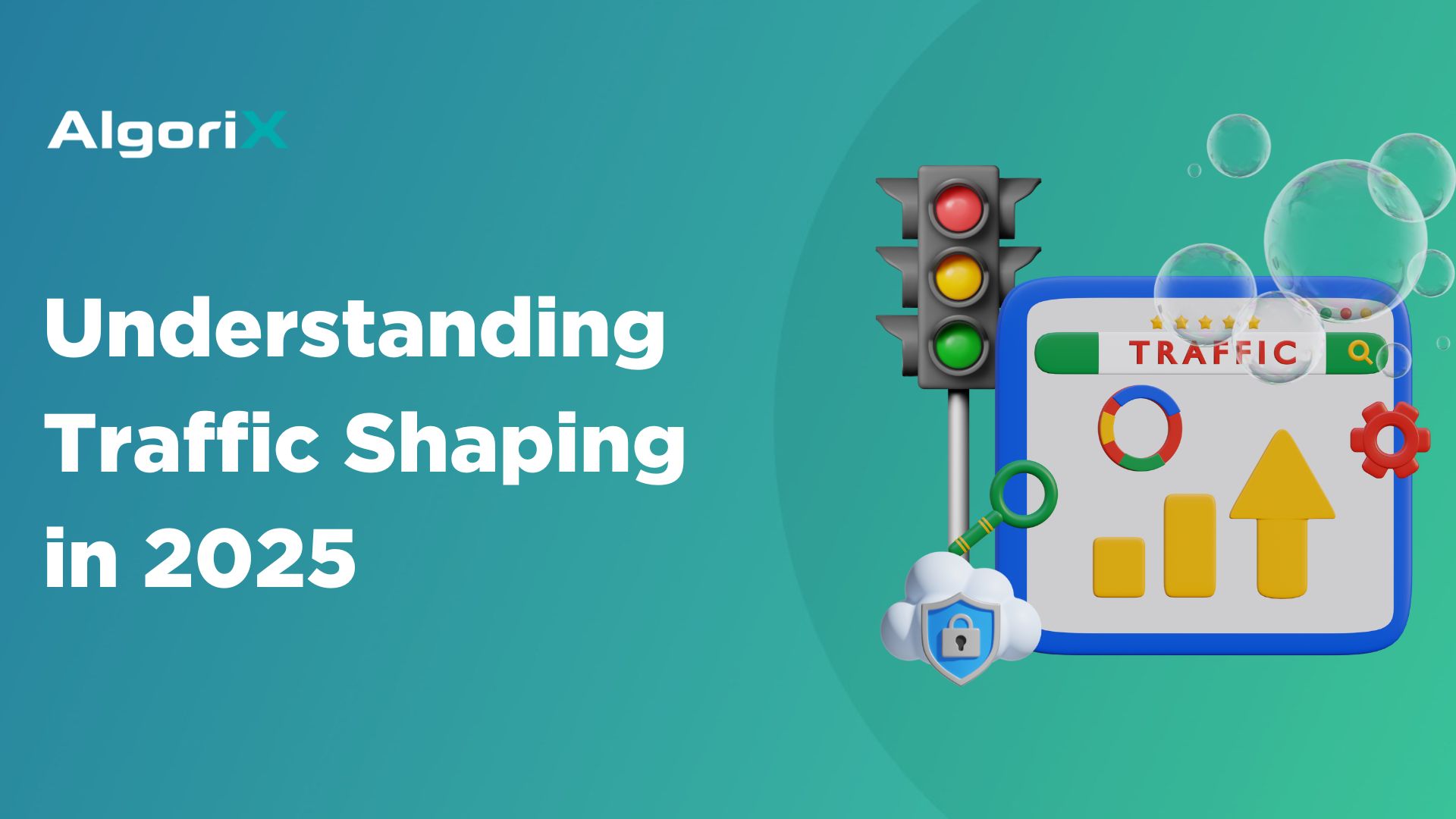What Is Ad Revenue?
Ad revenue refers to the money generated through advertising. It is calculated by getting the ad impressions and multiplying it by the effective cost per mile (eCPM).
Impressions x eCPM = ad revenue
Developers would commonly use multiple app metrics, such as Average Revenue Per Daily Active User (ARPDAU), Average Revenue Per User (ARPU), and Average Revenue Per Paying User (ARPPU), to determine their ad revenue.
It is critical for app developers to come up with a robust ad monetization strategy to ensure that their apps would have high ad revenue. As such, it is necessary for them to boost their ads by putting high-performing ad units where they would effectively convert.
What is an Ad Unit?
Some of the ad units commonly used by advertisers are banner ads, rewarded video ads, interstitial ads, playable ads, and offerwall ads. Each of these ad units would have a different look and behavior.
What Is an Ad Exchange?
Ad exchanges are a method in which both advertisers and publishers can level out the playing field since they use the one similar platform, avail of the same services, and use a unified method. With it, it is easier to exchange information, set competitive prices, and serve advertisements.
An ad exchange is open to anyone as long as they have approval from the platform owner. Advertisers and agencies would often use demand-side platforms (DSPs) or other bidding technologies, but ad networks would most commonly buy ads through exchanges.
What Is an Agency Trading Desk?
Advertisers often use an agency trading desk because it allows them to buy media at a lower rate compared to having in-house management of campaigns. Further, ATDs offer additional features, including measuring results and reporting audience insight to their clients.
What Is an Audience Extension?
One way of performing an audience extension is via cookies. Cookies allow publishers to track and gather data about their visitors. Advertisers can glean useful insights that help them develop improved advertisements for identified users. This method is good for enhancing an ad’s conversion rate.
What Is a Banner Ad?
A banner ad is a popular form of advertising, particularly in mobile apps, because they offer quick implementation for app monetization strategies. They are simple to use and can be easily used for a number of app categories.
What Is Brand Safety?
Brand safety means doing adequate targeting and employing appropriate measurement solutions to verify, block, and manage the content that the ad campaigns will run on. Often, ad servers and ad exchanges will have brand safety tools in place to prevent such occurrences.
What Is a Connected TV?
In advertising, connected TV is another effective method of reaching out to their target audience by running ads during premium, ad-supported shows offered by top-tier networks.
What Is Conversion Rate?
A high conversion rate is an indication of a successful ad campaign. It simply tells advertisers that target users want what you offer and are willing to get it.
Note, however, that the “conversion” would highly depend on the business model and the industry.
Here is the formula for calculating CVR:
CVR = (number of users who converted / Number of users who clicked on the ad) x 100
What Is Cost Per View?
Initially, the cost per view ad campaigns are specifically reserved for brand awareness advertisers. Over the years, most performance app advertisers shifted to buying based on the cost per view format. Since they often fail to get in-app inventory and scale their campaigns through cost per install campaigns, they started buying based on the same pricing model as that of brand advertisers.
Here is how you can compute for cost per view:
CPV = Advertising cost / Video Views













